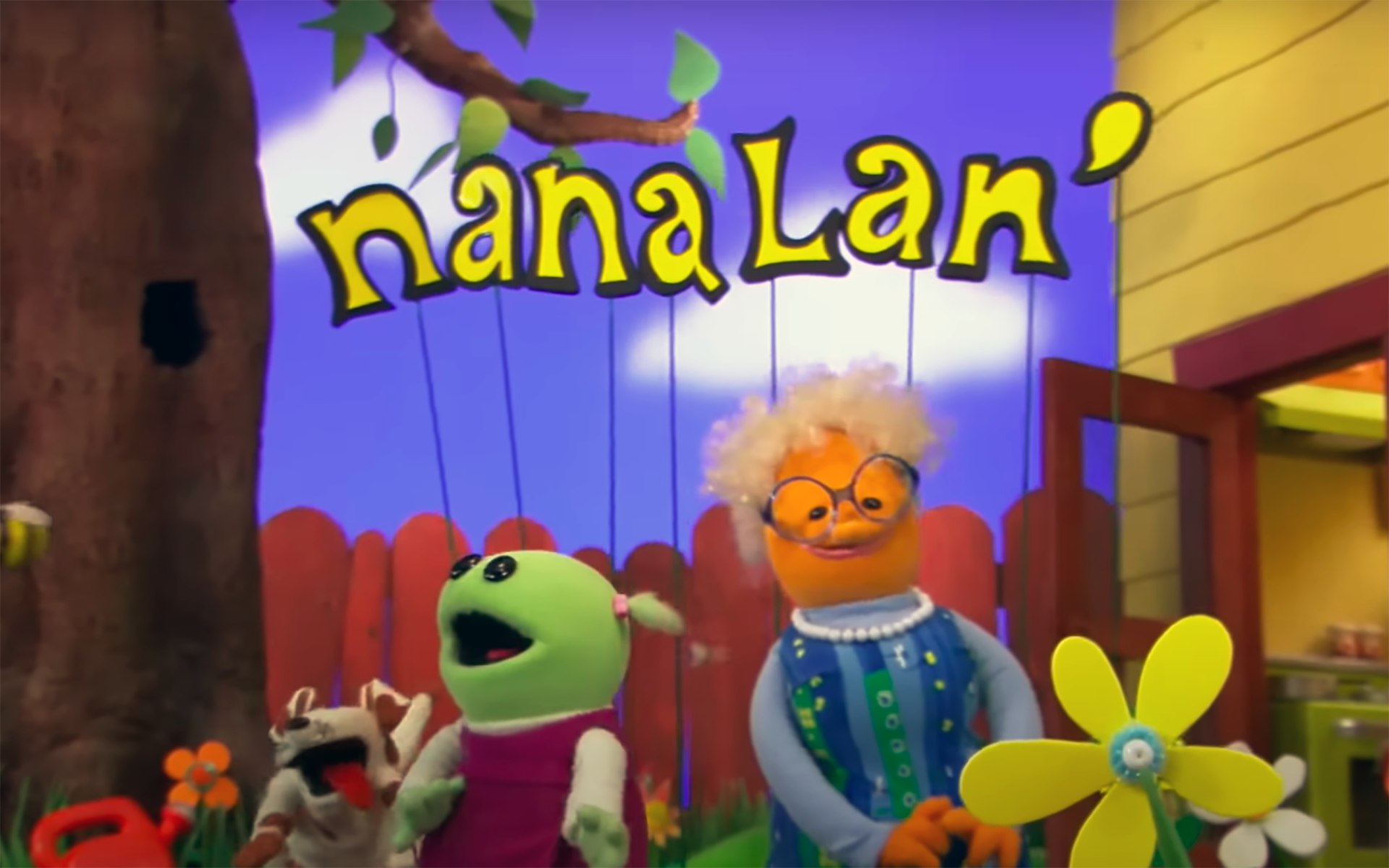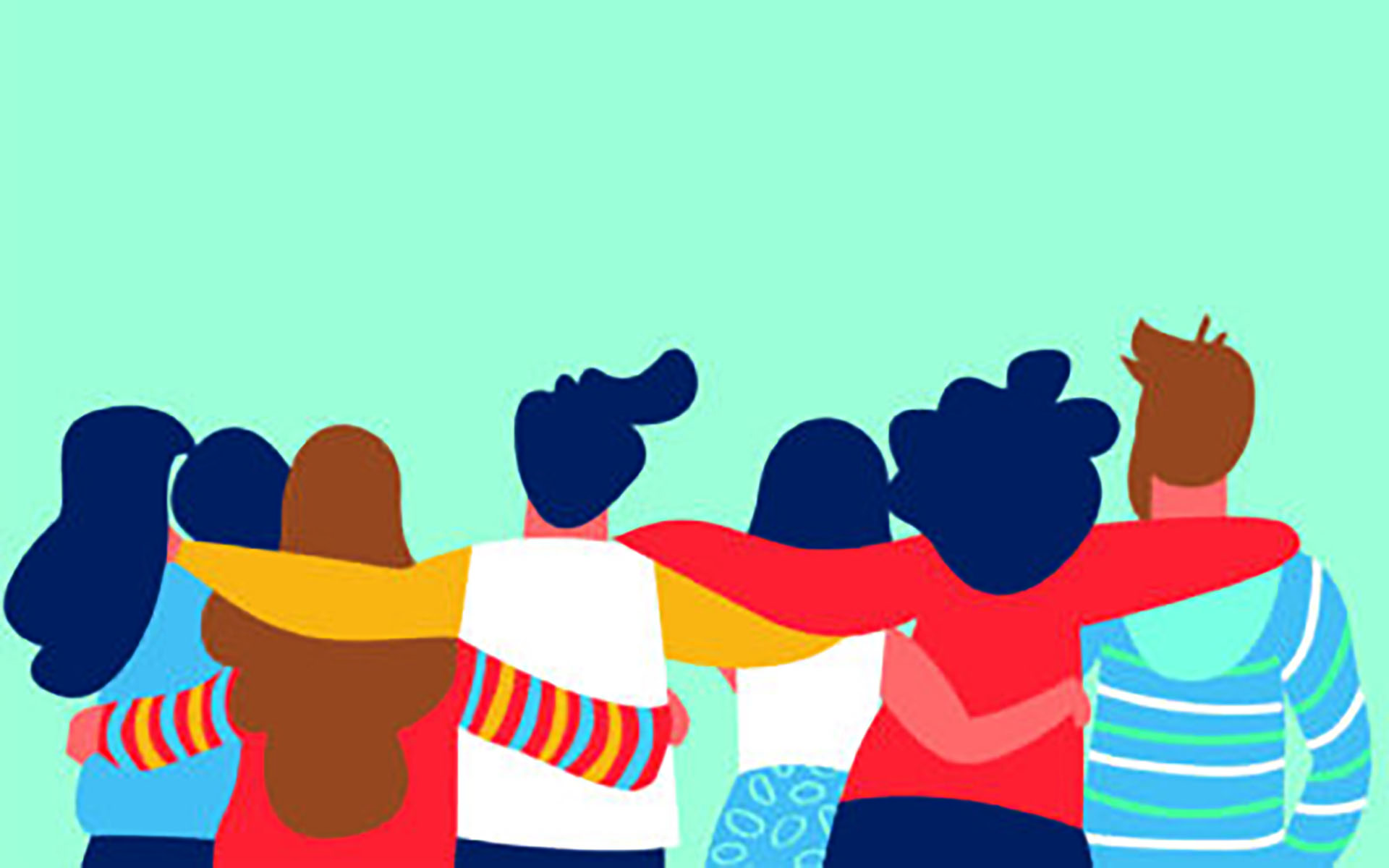When children and teens practice appreciation painful thoughts and emotions sometimes show up. As parents we often want to ease our children’s pain, but children can easily misinterpret guidance to be thankful as an indication that we’re minimizing their challenges, even when that’s not the case. So how should we help when painful emotions do come up? We should encourage kids to view how they feel through a wide lens, not to gloss over their feelings or push them aside. When kids acknowledge their hurt feelings and remember the good things in their lives, they embody an open mind. There’s a practice I like to do called Three Good Things that gives children a chance to practice this holistic mind-set when they’re upset and they need it the most.
The point of this game isn’t to pretend they’re not upset when they feel upset. It’s to remember that they can feel two things at once.
Appreciation Practice: Three Good Things
When faced with a disappointment, we acknowledge our feelings, and then we think of three good things in our lives, too.
Leading the game:
- Ask your child: “Do you ever feel disappointed by something or someone?”
Listen to children’s stories. - Ask: “How did that make you feel?
”
Acknowledge children’s feelings and, if appropriate, talk about them. - Say something like: “I bet even when you’re feeling disappointed there are good things happening in your life, too. Let’s name three good things together.”
Tips for naming three good things:
- Remind children that the point of this game isn’t to pretend they’re not upset when they feel upset. It’s to remember that they can feel two things at once: they can feel grateful for good things while feeling sad, hurt, or disappointed by challenges.
- If children or teens have trouble thinking of three good things on their own, brainstorm and help them discover some.
- When kids understand that this game is not about sweeping their feelings under the rug, the phrase “three good things” can become a playful and humorous response to the minor gripes that show up in family life. For instance, if a young child spills a glass of apple juice and looks like he’s going to cry, you can respond with something like, “Ahhh, that can be frustrating. Can you name Three Good Things while we wipe the counter?”
- Parents can encourage kids to remind them to name Three Good Things when they’re stuck on a trivial disappointment or minor annoyance, too.
- To develop a habit of thankfulness, play Three Good Things around the dinner table, before bedtime, and at other times when the family is together (and no one is upset).
The more families carve out time to practice appreciation when life is good, the easier it is for parents and children to be thankful for the good things in life when times are hard.
At first, appreciation and thankfulness may feel like a mere intellectual exercise. Yet the more families carve out time to practice appreciation when life is good, the easier it is for parents and children to be thankful for the good things in life when times are hard. When that shift happens, appreciation becomes an integral part of a family’s worldview and is no longer just an intellectual exercise.







